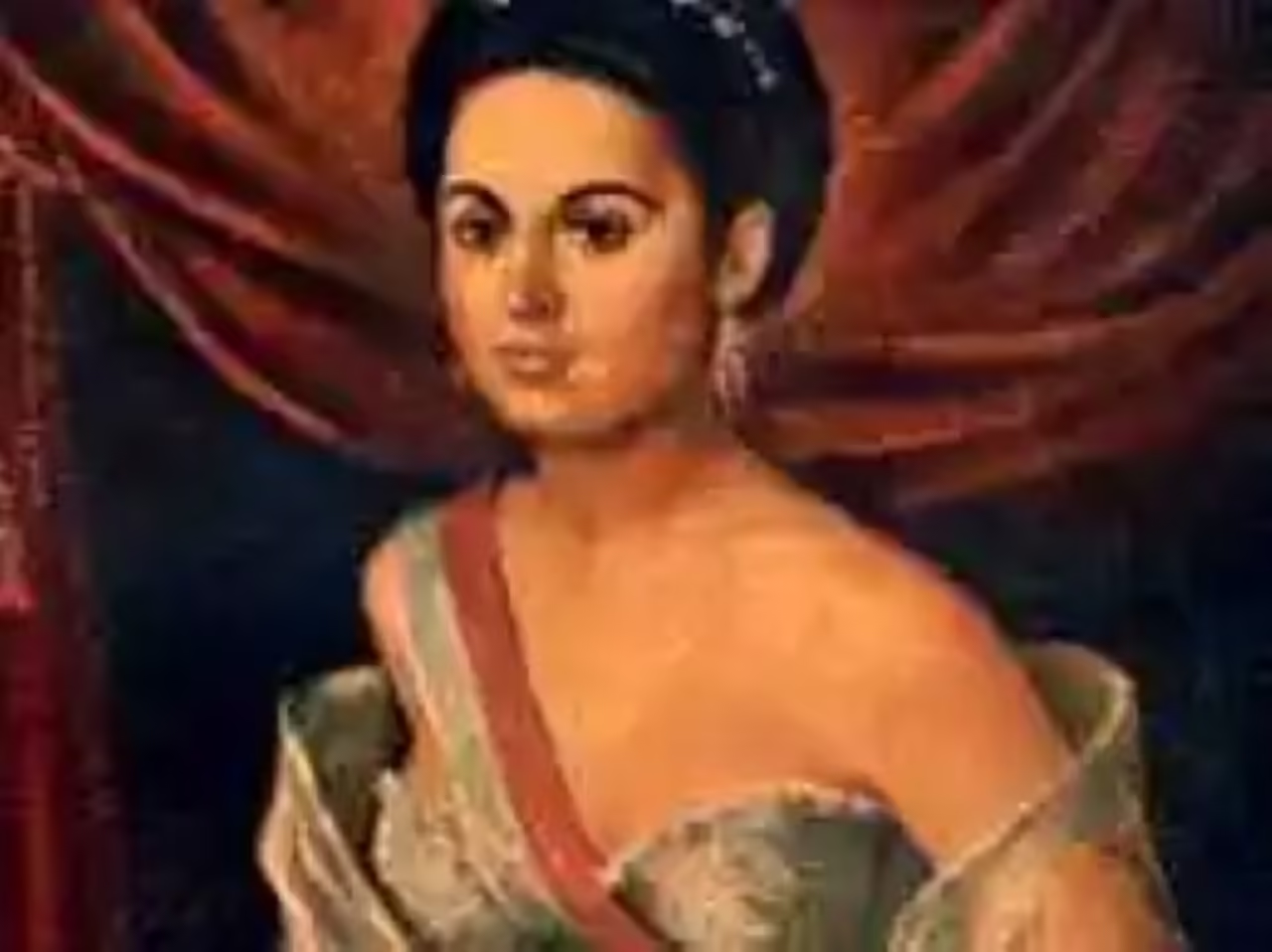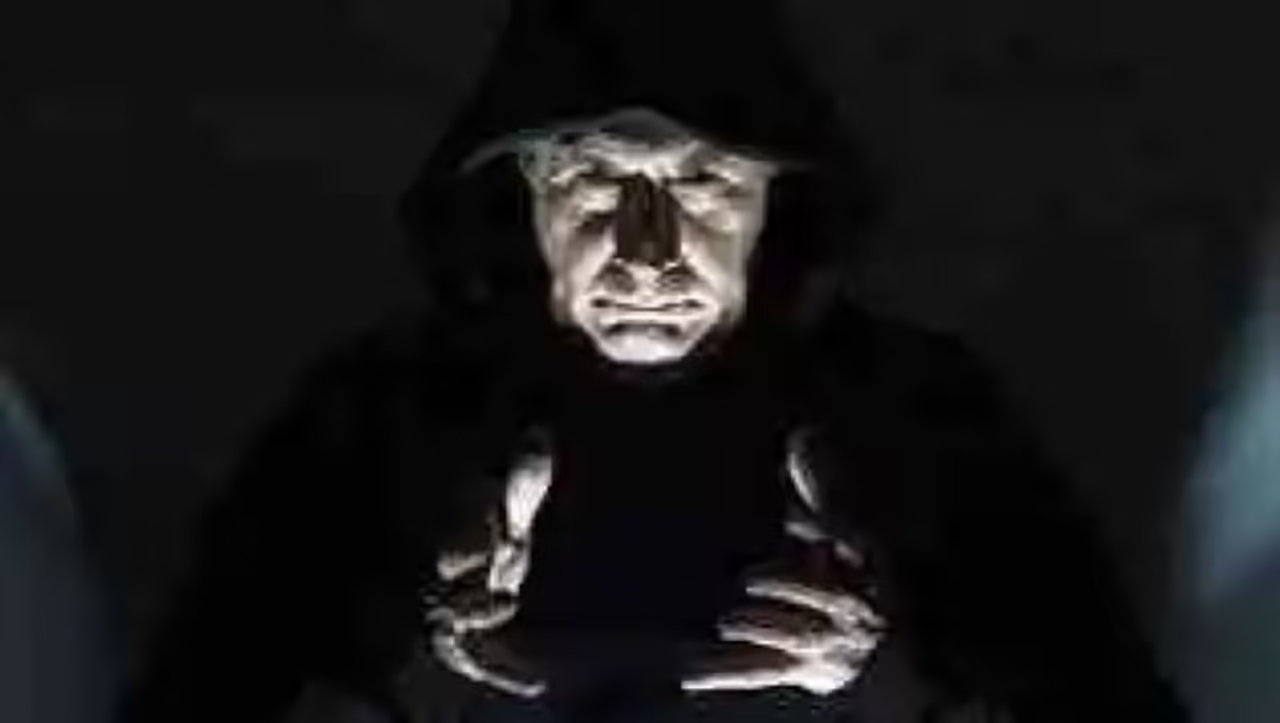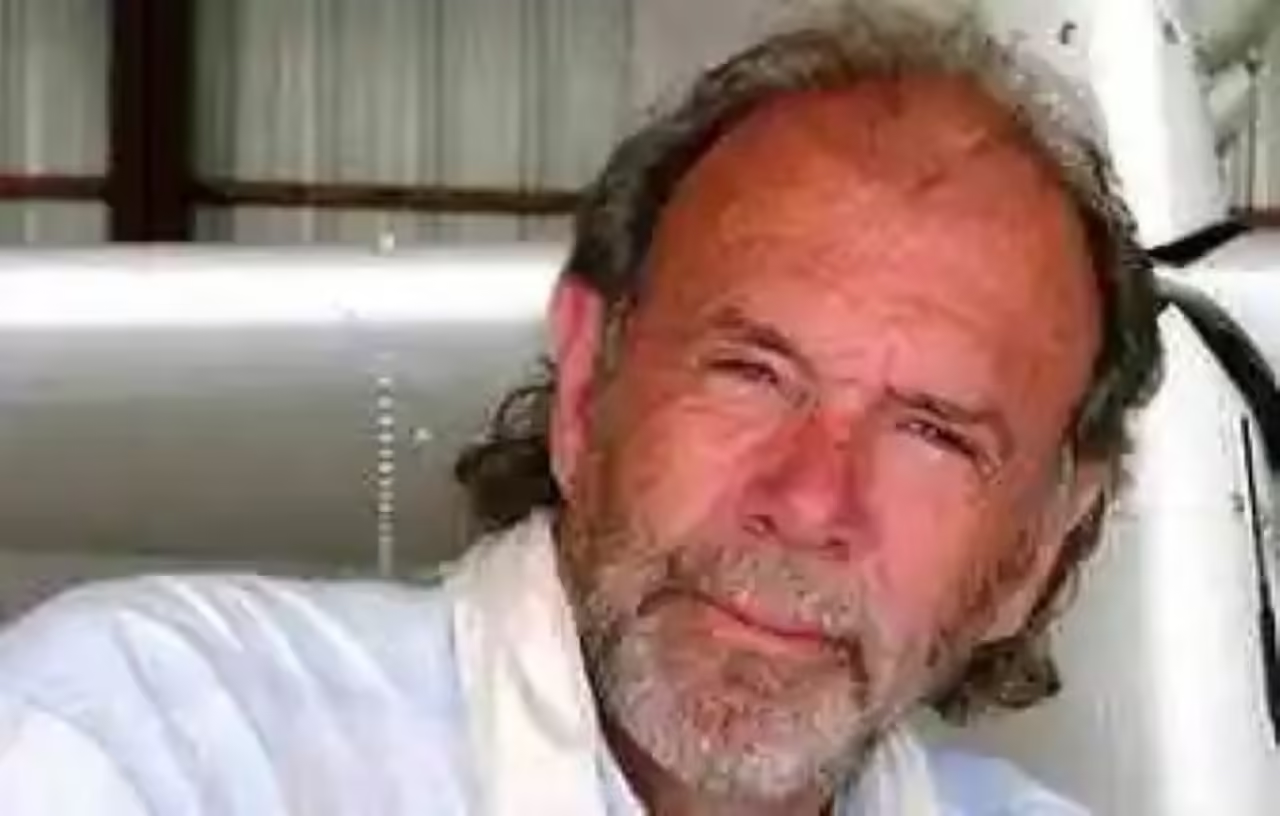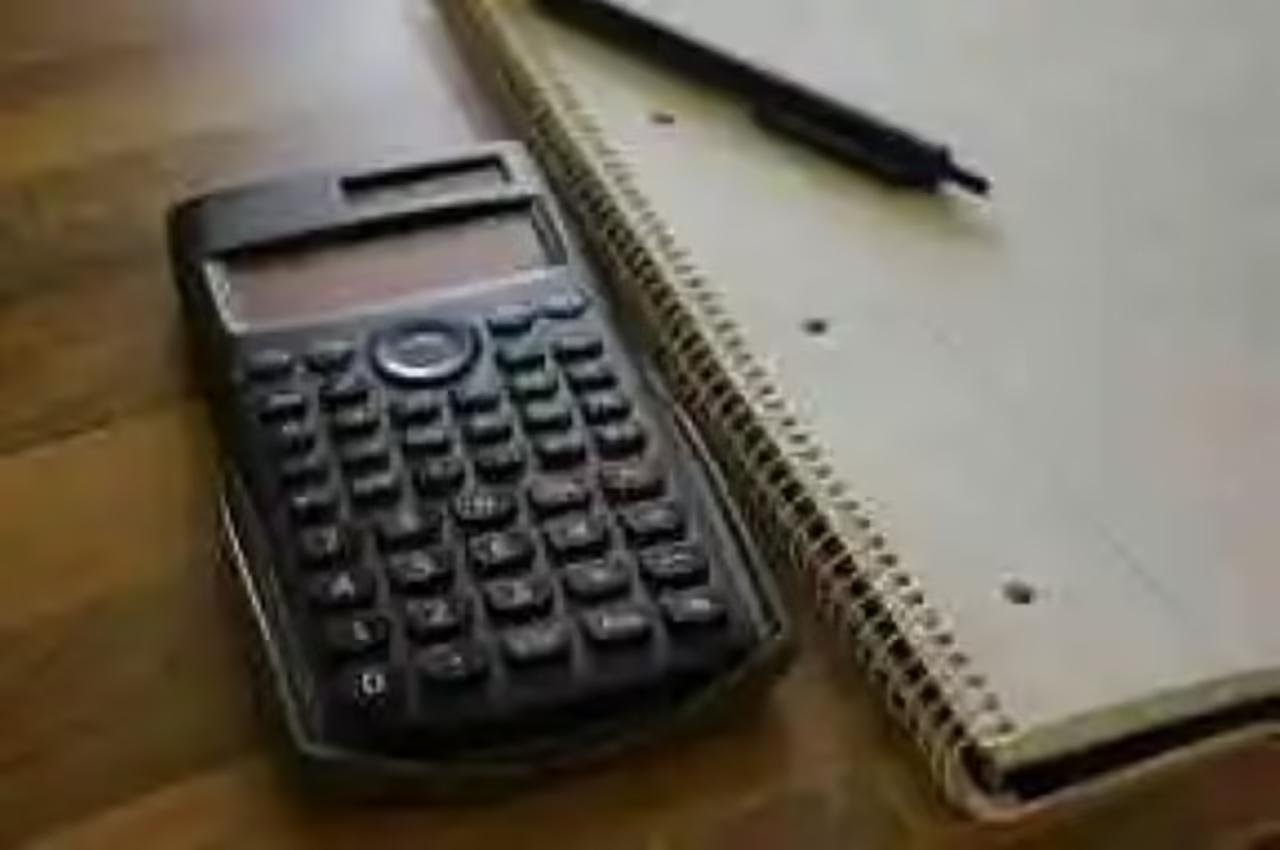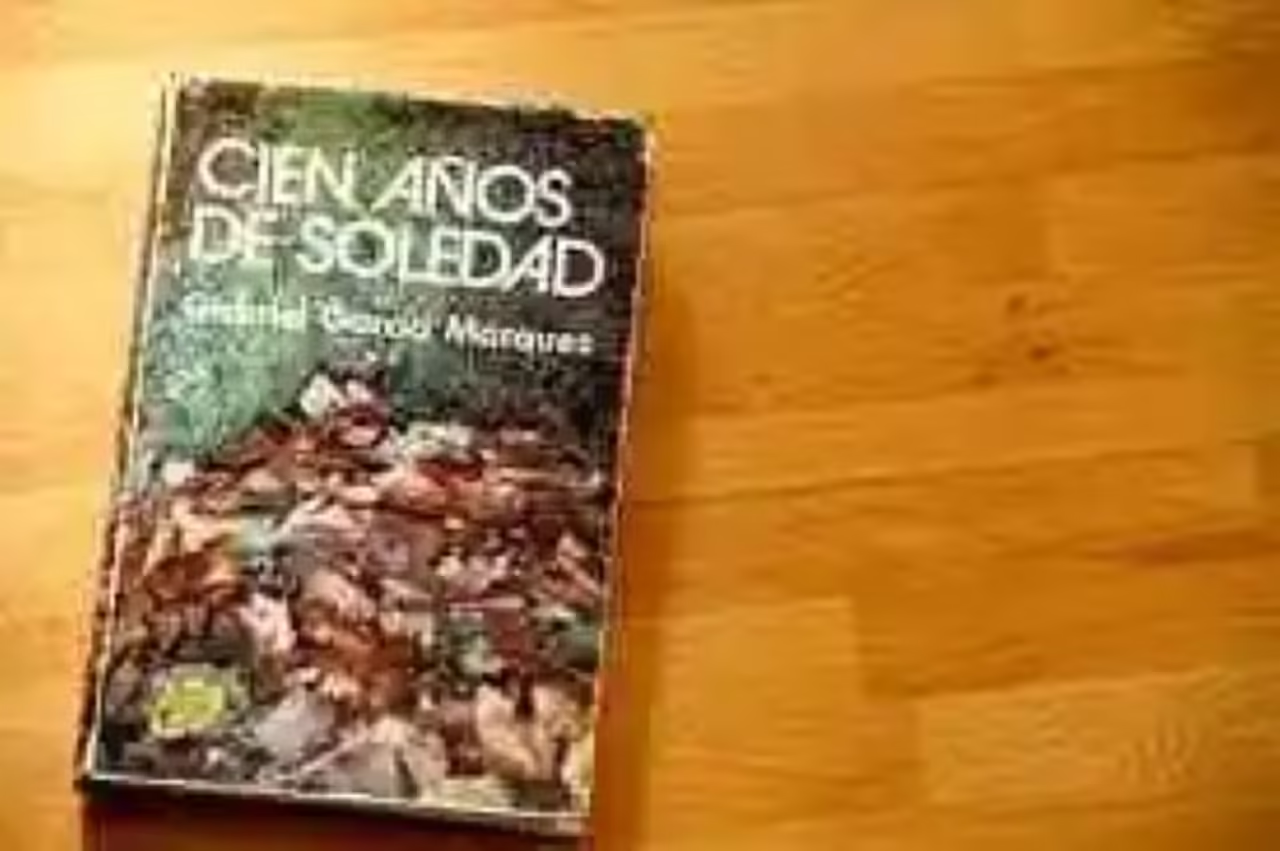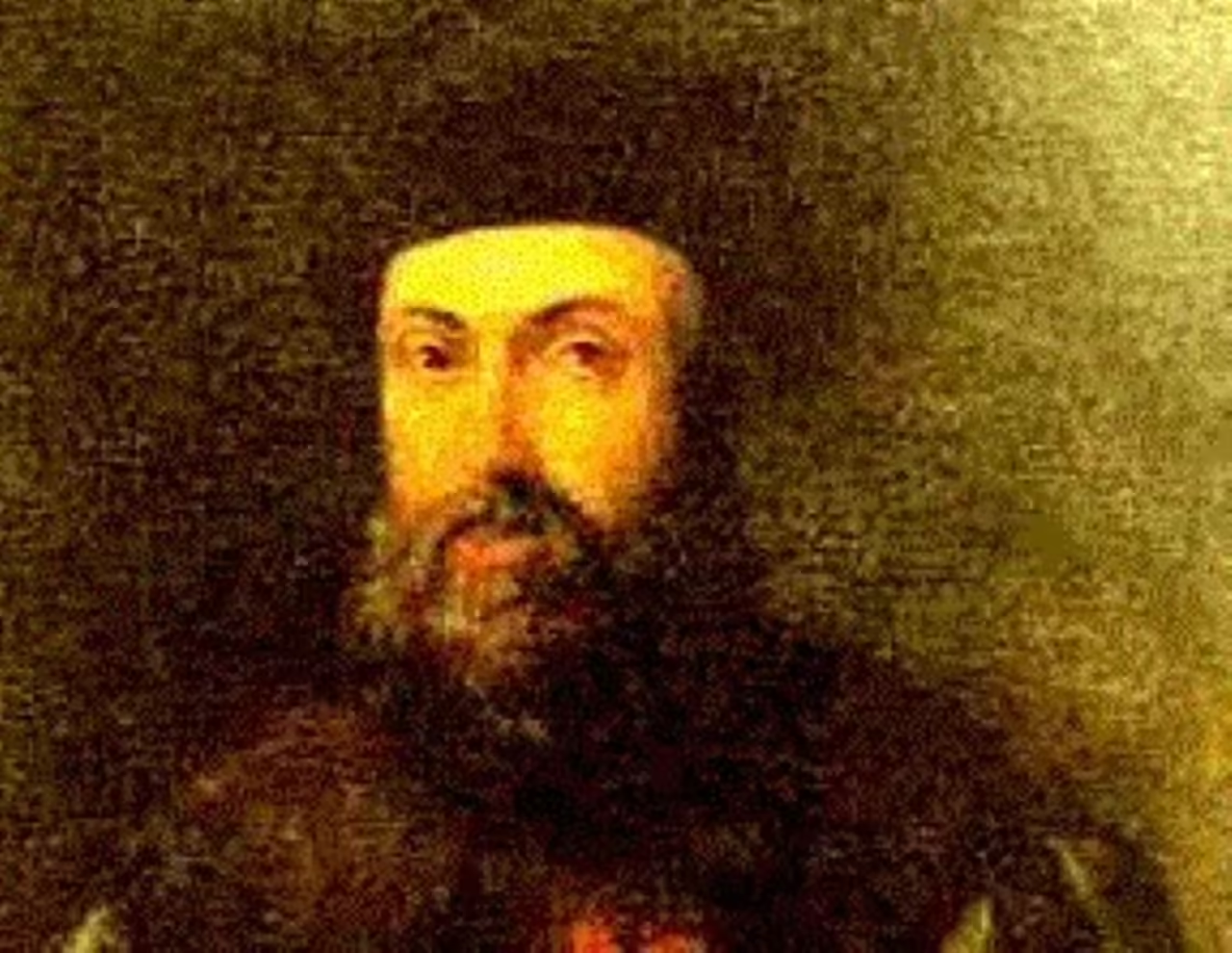Manuela Saenz Aizpuru (Quito, Viceroyalty of New Granada, 27 December 1797 – Paita, Peru, 23 November 1856).
Also known as Manuelita Saenz is a Military Leader, Political Leader, Patriot and Procer of Latin American Independence, considered one of the most important characters of this emancipatory gestation.
She came to hold the degree of Caballeresa of the Order El Sol del Perú, granted by General San Martín. She was also promoted by Simón Bolívar to the rank of Colonel of the Liberation Army for her courageous participation in the Battle of Pichincha.
Personally, she was for eight years the sentimental companion of liberator Simon Bolivar. Among her most heroic acts is the saving of her life, during an attack in September 1828.
Irreverent and rebellious, she broke with almost all the stereotypes that existed towards women at the time, which is why she is also listed as one of the symbols of feminism in Latin America.
Early life
Manuela Sáenz was born on December 27, 1797 in the city of Quito, Viceroyalty of New Granada. Her father was the Spaniard Simón Sáenz Vergara and the Creole María Joaquina de Aizpuru, who weren´t married, a situation that made little Manuela an illegitimate daughter.
However, her father decided not to keep her away from home, which is why she was constantly visiting her, where she lived with his wife, Juana del Campo and Llaraondo, who developed a great affection for Manuela. During this time, Manuela also developed a deep bond of affection with her half-brother, José María Sáenz.
Her first education was in charge of the connoissive nuns. After this stage, she entered, in Quito, the Monastery of Santa Catalina de Siena, belonging to the Order of Santo Domingo, in order to finish his training.
However, in 1814, at the age of seventeen, Manuela fled the convent with the Officer of the Royal Army, Fauto D’Elhuyar, who apparently seduced her and then abandoned her. Two years later, in 1816, she met the English physician James Thorne, twenty-six years her senior.
Her father, Simón Sáenz, arranged a marriage between this doctor and his daughter, which took place in July 1817, in Lima, capital of the Viceroyalty of Peru.
Beginnings in the independence list
The couple settled in this city, where the Limeña aristocracy – which did not know its illegitimate origin – welcomed it with open arms. During these years, Manuela began to engage in political activities. Her participation was of vital importance in winning for the patriotic side to the Numancia Battalion, in which her brother participated, and which changed his name to Voltígeros de la Guardia.
In 1820, he was actively involved in supporting the independence causes of General San Martín in Peru and Simón Bolívar in New Granada. Such was his courage, that when General San Martín managed to take Lima, in 1821, he appointed Manuela Caballeresa of the Sol Order of Peru.
That same year, she left with her brother José María for Ecuador. On June 16, 1822, she first saw Simón Bolívar, when he made his triumphant entrance to Quito.
According to historians, at the moment when the liberator’s caravan passed under Manuela’s balcony, Manuela threw a wreath of flowers at her, so that she fell in front of the horse, however she fell on the head of Bolivar, who when he looked up managed to see her still with l your arms outstretched. This episode would serve as a conversation, among them, when they met a few hours later at the dance offered by the Royal Society, to receive the Liberator.
Bolivar’s companion
Some time later, Manuela and Simón would begin a romantic relationship, which would be extended for eight years, and that would be marked – according to historians – by a great passion, strong arguments, jealousy and reunions.
From 1823, Manuela accompanied Bolivar and participated in most of his campaigns. Her courageous performance at the Battle of Pichincha earned her promotion to the rank of Colonel of the Liberation Army.
Once independence was achieved and the Republic was formed, Manuela settled with Simón Bolívar in the city of Bogotá, where she saved his life on September 25, 1828, during an attack sent by his enemies. Manuela forced Bolivar to escape through a window, confronting the sent assassins herself. That is why Simón Bolívar named her The Liberator of the Liberator.
Final years
However, his behavior was much viewed by the ladies of society, just as his political influence was despised by the men of the time. After the death of Simón Bolívar in 1830, Manuela was banished from Colombia by her personal enemy Francisco de Paula Santander.
At first he left for Jamaica, from where he left for Ecuador, in 1835, receiving a ban on entry to his own country. Manuela, then, settled in Paita, Peru, with her two inseparable friends, former slaves Nathan and Jonatás, who accompanied her all her life. During these years, she kept making tobacco, embroidering, making sweets for living and translating letters into English.
She died of diphtheria on 23 November 1856. Her body was buried in a mass grave and her things burned, losing most letters between her and Simon Bolivar.
